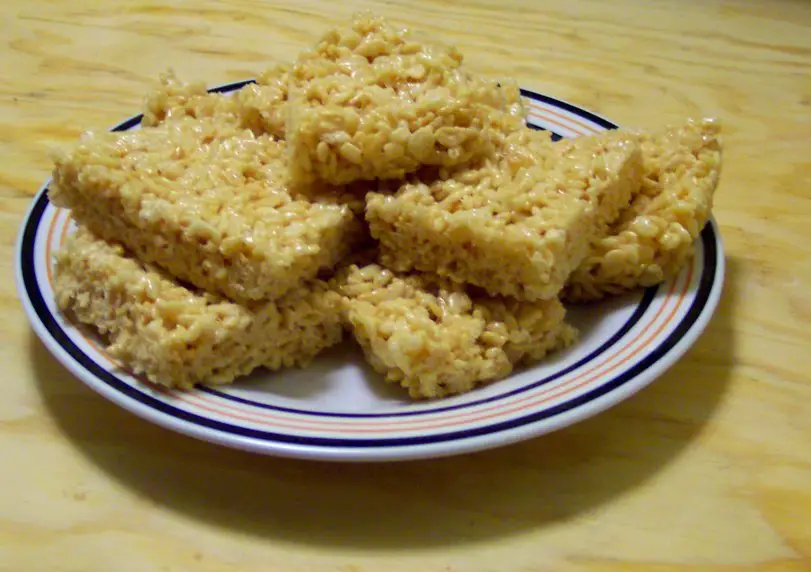1. Ketchup

Ketchup, a beloved condiment, was actually born out of necessity. In the early 19th century, when fresh tomatoes were not readily available, a recipe for a tomato-based sauce was created using fermented fish brine. It was an attempt to mimic the popular Asian fish sauces, and surprisingly, it didn’t contain any tomatoes at first! Eventually, tomatoes were added, and it evolved into the ketchup we know today.
The change was largely due to the need to preserve food and add flavor to otherwise bland meals during the early days of industrialization. The American version of ketchup as a sweet, tangy sauce became a kitchen staple, and it quickly spread across the world, becoming a global icon. Who would have thought this simple topping started as a fermented fish concoction?
2. Potatoes au Gratin

Potatoes au gratin, the creamy, cheesy comfort dish, was born out of a rather dire need. During the French Revolution, food was scarce, and many French peasants had to make do with whatever they could grow or find. Potatoes were abundant and cheap, so chefs began using them in new ways to stretch meals. The dish was initially just baked potatoes with cream, butter, and whatever cheese could be found.
The French aristocracy, though, didn’t mind the humble beginnings of this dish. Over time, it gained popularity among the elite as well, being perfected with layers of cheese and cream. Today, it’s a classic dish that’s a symbol of resilience, proving how even in times of struggle, creativity and simple ingredients can result in something utterly delicious.
3. Spam

Spam, the infamous canned meat, came about during World War II. With many food supply chains interrupted by the war, the United States needed a way to provide protein to soldiers and civilians that would last a long time without refrigeration. Enter Spam, made from pork shoulder and ham, which was preserved in a vacuum-sealed can. It was a way to ensure that no one would go hungry, even during the toughest times.
What began as an emergency food source quickly gained a following. The shelf-stable nature of Spam made it a pantry essential in many households, especially during difficult times. Although it was initially a food of necessity, it has since become a nostalgic and quirky favorite in many cultures, often enjoyed in everything from sandwiches to casseroles.
4. S’mores

S’mores, the quintessential camping treat, came from a need for a quick, easy, and satisfying dessert during outdoor activities. The combination of marshmallows, chocolate, and graham crackers was first documented in the 1920s by the Girl Scouts, but the origins of the treat go even further back. In fact, it’s believed that early campers were just looking for ways to roast marshmallows and pair them with whatever sweet ingredients they had on hand.
It wasn’t until s’mores became a staple of campfire culture that it really gained fame. The simplicity of the treat made it a crowd-pleaser, and the idea of roasting marshmallows over an open flame and combining them with melted chocolate proved to be irresistible. S’mores weren’t born out of luxury, but rather out of the need for a simple, satisfying snack in the great outdoors.
5. Rice Krispies Treats

Rice Krispies Treats, the gooey marshmallow and cereal bars, came about during the Great Depression. With families struggling to put food on the table, cereal companies needed to find ways to make their products more appealing and, at the same time, economical. A clever saleswoman at Kellogg’s developed the idea of combining Rice Krispies with melted marshmallows to create a no-bake treat that would be both easy and affordable for families to make.
The recipe for Rice Krispies Treats quickly became a hit, and it was embraced for its simplicity and low-cost ingredients. What started as a practical solution to food scarcity turned into a beloved treat that continues to grace lunchboxes and bake sales today. It’s the perfect example of how ingenuity and necessity can lead to an iconic snack.
6. Hardtack

Hardtack, a rock-hard cracker that’s often associated with military rations, was invented out of sheer desperation. In the 1800s, naval and military forces needed a food that would survive long voyages or wartime conditions without spoiling. Hardtack was the solution: just flour, water, and salt baked into an indestructible biscuit that could last for months, even years.
While it wasn’t the most appetizing food, it was filling and essential during long campaigns. Soldiers and sailors would dunk it in water or soup to soften it, but it was more about survival than enjoyment. Hardtack’s tough and enduring nature has earned it a place in history, reminding us of the resilience needed in times of hardship.
